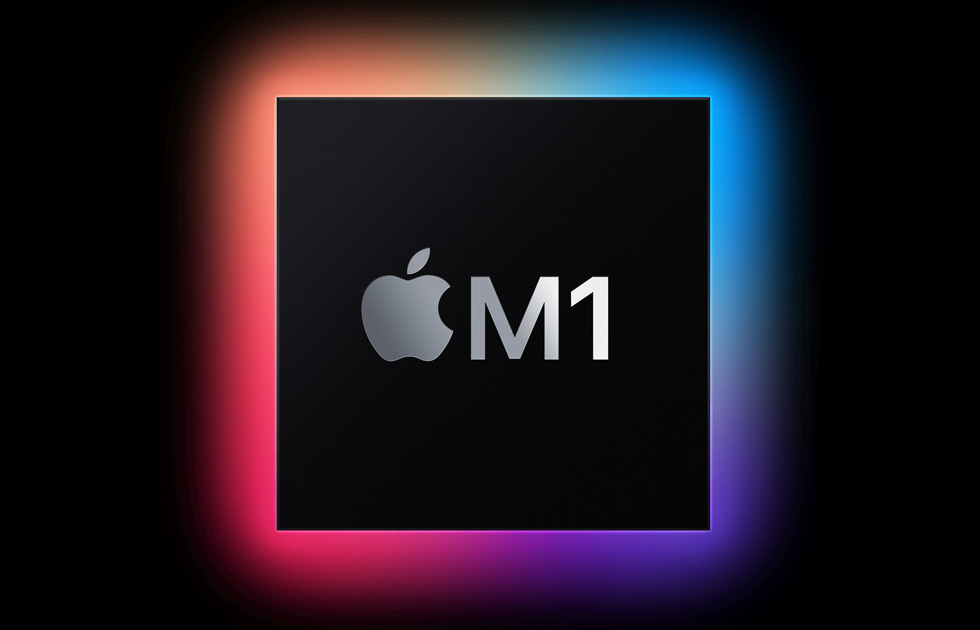The next 16-inch MacBook Pro could leave Intel-based Macs in the dust
The next generation of Apple silicon could outperform Intel's best

Apple is ramping up development of the next generation of in-house silicon to compete with - and possibly outperform - even the most high-end Intel processors.
The new processors, destined for desktop Macs and the larger-screen models of MacBook Pro, are expected to be released as early as next year, according to Bloomberg. The 13-inch MacBook Pro, MacBook Air, and relaunched Mac Mini all got the new Apple M1 chip in November.
Apple's new silicon is built on architecture licensed from ARM, which is currently in the process of being bought by Nvidia.
The new generation of processors under development are said to have up to 20 CPU cores - 16 performance cores and four efficiency cores. The technical specs on the new processors are still in flux, so it isn't known if the next generation of Apple MX chip will have that many cores, but this appears to be the target according to the report.
The "roadmap" Apple is working with also appears to include a 32-core CPU for use in their planned half-sized Mac Pro desktop, which is expected to debut sometime in 2022. Apple is also said to be expanding the depth of the graphics processing in the new chips, aiming at integrating 16 or even 32 graphics processing cores into these upcoming chips.
All of this indicates a strong move away from Intel processors as soon as 2022, when even high-end Intel chips could be replaced by Apple's new silicon. While not a fatal blow to Intel's bottom line, it's still a major one.
- Apple’s M1 chip embarrasses Microsoft’s Surface Pro X by running Windows 10 on ARM much faster
- macOS 11 Big Sur: release date, name, and features
- Here's our list of the best business laptops
Intel's CPU dominance continues to slip as market continues to shift rapidly
Intel has enjoyed decades-long dominance of the CPU market, which makes the last several years especially jarring for the Silicon Valley pioneer.
Get daily insight, inspiration and deals in your inbox
Sign up for breaking news, reviews, opinion, top tech deals, and more.
While locked into an ever-tightening battle with AMD for the PC processor market, Nvidia's announced purchase of ARM last month could spell further trouble for Team Blue, not withstanding Apple's move away from Intel and AMD hardware.
Having enjoyed a rather lopsided duopoly with AMD until recently, Intel now finds itself looking at increased competition in the consumer CPU market as both Apple and Microsoft are investing heavily in ARM.
Add in some missteps by Intel in recent years, particularly around security vulnerabilities and production failures, and it's little wonder that Team Blue is getting roughed up a bit. They're far from being knocked out, but it's starting to get a bit ugly in the ring for the long-time CPU champ.
Still, Intel's loss in this regard might be everyone's gain - and it might even be the kick in the butt Intel has needed for awhile now.
As Apple unshackles itself from the slower pace of development that Intel has been stuck on for years now - Intel's 7nm process is still two to three years away, while AMD's new 5nm processors might be here as early as 2022 - Apple has the opportunity to push CPU technology forward in ways that Intel has been unable to in recent years.
Add in the pressure from AMD and possibly Nvidia - who knows what Team Green will do with ARM in four to five years? - you can expect Intel to redouble its efforts to avoid slipping any further than it already has.
- Stay up to date on all the latest tech news with the TechRadar newsletter

John (He/Him) is the Components Editor here at TechRadar and he is also a programmer, gamer, activist, and Brooklyn College alum currently living in Brooklyn, NY.
Named by the CTA as a CES 2020 Media Trailblazer for his science and technology reporting, John specializes in all areas of computer science, including industry news, hardware reviews, PC gaming, as well as general science writing and the social impact of the tech industry.
You can find him online on Bluesky @johnloeffler.bsky.social